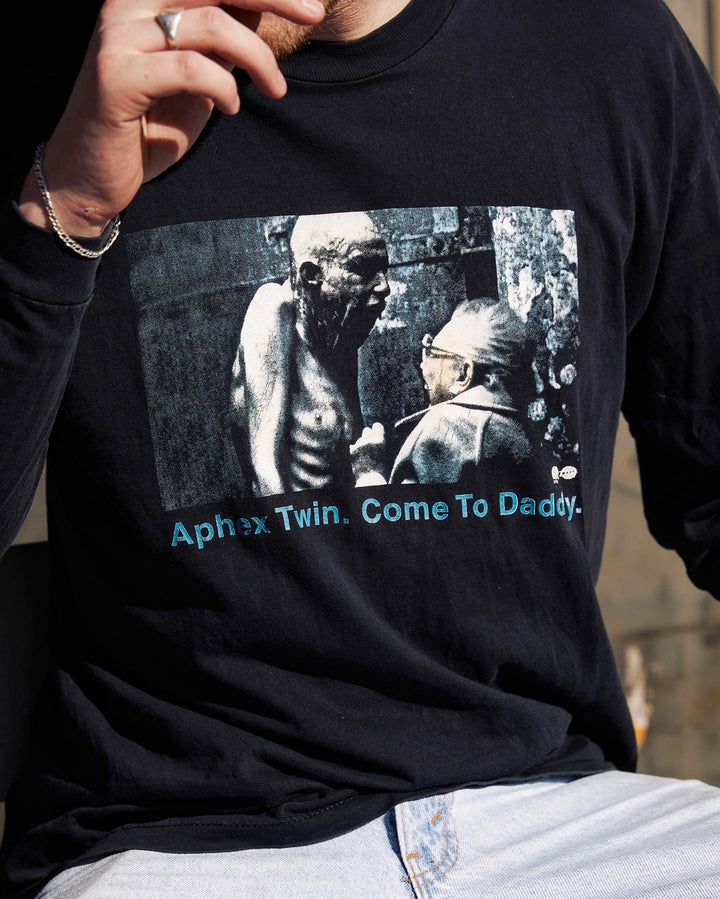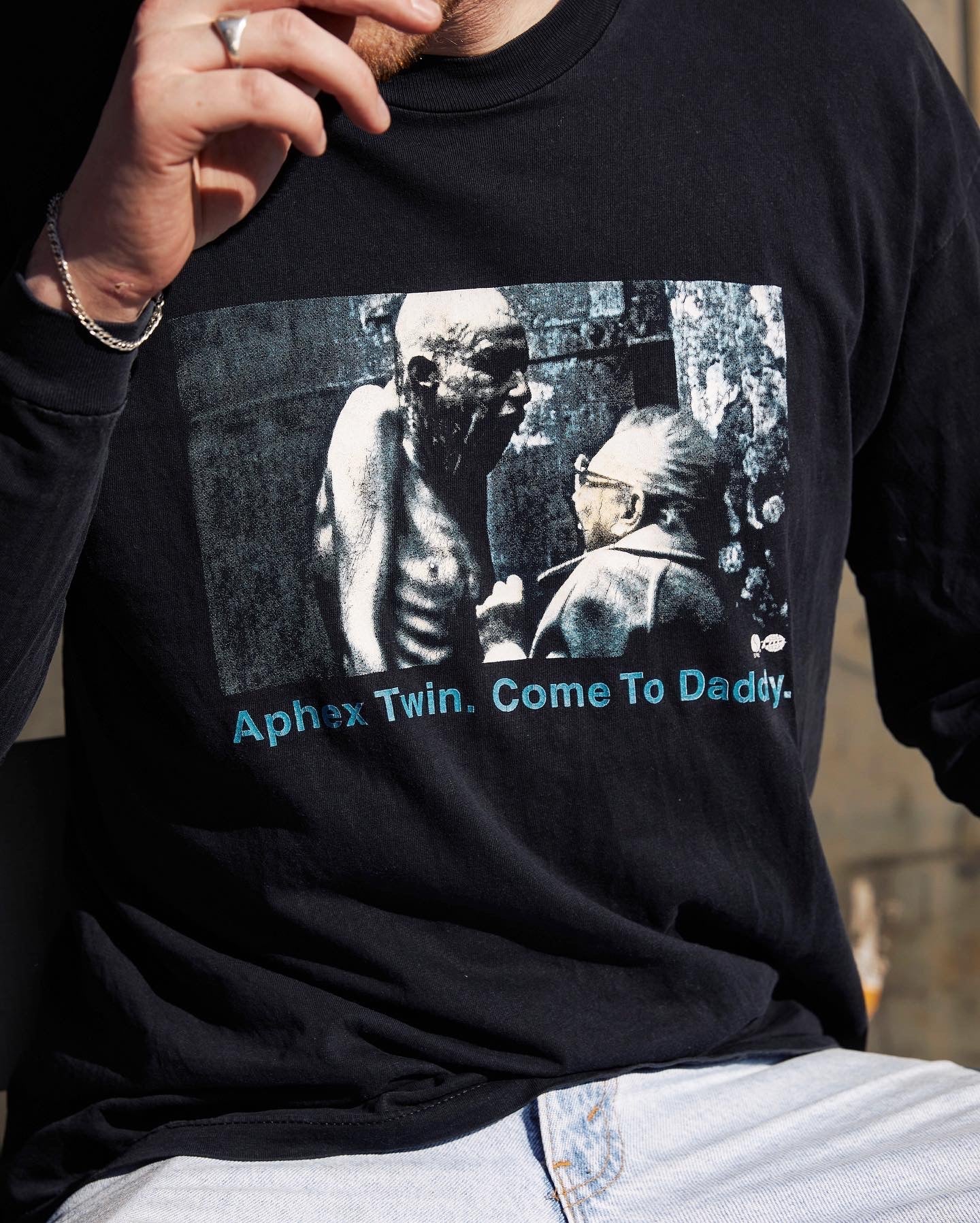
Aphex Twin’s Come to Daddy long-sleeve, the perfect music tee?
Tracking his success throughout the '90s—and our favourite Aphex merch ever.
From his early days in the UK underground rave scene to becoming a genre-defying avant-garde icon, Richard D. James—better known as Aphex Twin (among aliases like Caustic Window, Q-Chastic, and Blue Calx)—has left an indelible mark on both music and pop culture. His collaborations with visionary director Chris Cunningham and his long-standing relationship with Warp Records have cemented his legacy as a once-in-a-lifetime innovator.
In recent years, Aphex Twin’s original merchandise—especially his ‘90s T-shirts—has become highly coveted, often selling for four-figure sums. With mainstream stars like Frank Ocean and Charli XCX sporting vintage Aphex merch, his once-underground aesthetic has been further propelled into wider pop culture.
Selected Ambient Works 85-92

Aphex Twin’s seminal debut LP, Selected Ambient Works 85-92, introduced listeners to a sound that defied categorisation, blending ambient, techno, acid house, and industrial music into something wholly unique. While tracks from Selected Ambient Works embraced serene, atmospheric soundscapes, later releases like Come to Daddy and Drukqs showcased frenetic breakbeats, distorted rhythms, and experimental textures that pushed electronic music into uncharted territory.
A significant part of Aphex Twin’s allure lies in his mystique and unconventional approach to production. Known for circuit bending—the manipulation of electronic devices to create new, unexpected sounds—he often deconstructs and rebuilds instruments to suit his vision. Famously cryptic, James once remarked, “Yeah, I just go on stage and twiddle knobs until people start cheering,” and has even claimed he’s never written a song in his life. This enigmatic persona only amplifies the fascination surrounding his work.
His ability to merge electronic instrumentation with organic, ethereal, and abstract sounds has influenced a generation of artists. Kanye West sampled Avril 14th on Blame Game featuring John Legend (after The Lonely Island reportedly floated the idea in a parody), while Die Antwoord famously sampled Ageispolis on Ugly Boy. Aphex Twin’s fingerprints are everywhere in modern music, even if subtly embedded in the sonic fabric of contemporary production.
The Visual Legacy: Collaborations with Chris Cunningham
 Beyond his groundbreaking music, Aphex Twin’s visual aesthetic is integral to his artistic identity, largely shaped by his collaborations with director Chris Cunningham. Known for his avant-garde, unsettling, and often surreal visuals, Cunningham elevated Aphex Twin’s work into a full-blown multimedia experience.
Beyond his groundbreaking music, Aphex Twin’s visual aesthetic is integral to his artistic identity, largely shaped by his collaborations with director Chris Cunningham. Known for his avant-garde, unsettling, and often surreal visuals, Cunningham elevated Aphex Twin’s work into a full-blown multimedia experience.
Their first collaboration, the 1997 music video for Come to Daddy, became instantly iconic. The video features a nightmarish narrative with James' distorted face superimposed on screaming children and grotesque figures wreaking havoc in a bleak urban landscape. The imagery—chaotic, jarring, and deeply unsettling—mirrors the aggressive beats and distorted vocals of the track, creating a visceral fusion of sound and vision. It didn’t just shock audiences; it defined a new era of electronic music’s visual language.
Cunningham and Aphex Twin reunited for Windowlicker (1999), another masterpiece of dark satire and visual innovation. The video skewers the hyper-sexualised tropes of mainstream pop videos, with James’ face grotesquely morphed onto models in increasingly disturbing ways. Riding around in a stretch limo, Aphex Twin subverts the glossy, manufactured sheen of late-‘90s pop culture, critiquing media manipulation and the absurdity of fame, all while delivering a track that’s equal parts hypnotic and unsettling.
Partnership with Warp Records
Aphex Twin’s partnership with Warp Records was pivotal in his rise to fame and the evolution of the UK electronic music scene in the 1990s. Founded in 1989 by Steve Beckett and Rob Mitchell, Warp Records became synonymous with the electronic music revolution, fostering groundbreaking artists like Aphex Twin, Autechre, and Squarepusher. Warp provided artists with a platform to release their music freely and without creative constraints. The label’s commitment to artistic integrity and its support for unconventional, experimental sounds allowed it to market and distribute music in innovative ways. Warp’s refusal to adhere to mainstream industry norms enabled Aphex Twin to build an audience that appreciated his music’s complexity and defiance of traditional expectations.
The Merch That Captures It All
Aphex Twin’s Come to Daddy long sleeve isn’t just a T-shirt—it’s a wearable piece of music history. It embodies the same raw energy, rebellious spirit, and subversive artistry that made both the track and the artist a cultural phenomenon. Whether you’re a long-time fan or just discovering his genre-bending catalogue, owning a piece of Aphex merch is like holding onto a fragment of the avant-garde revolution he ignited.
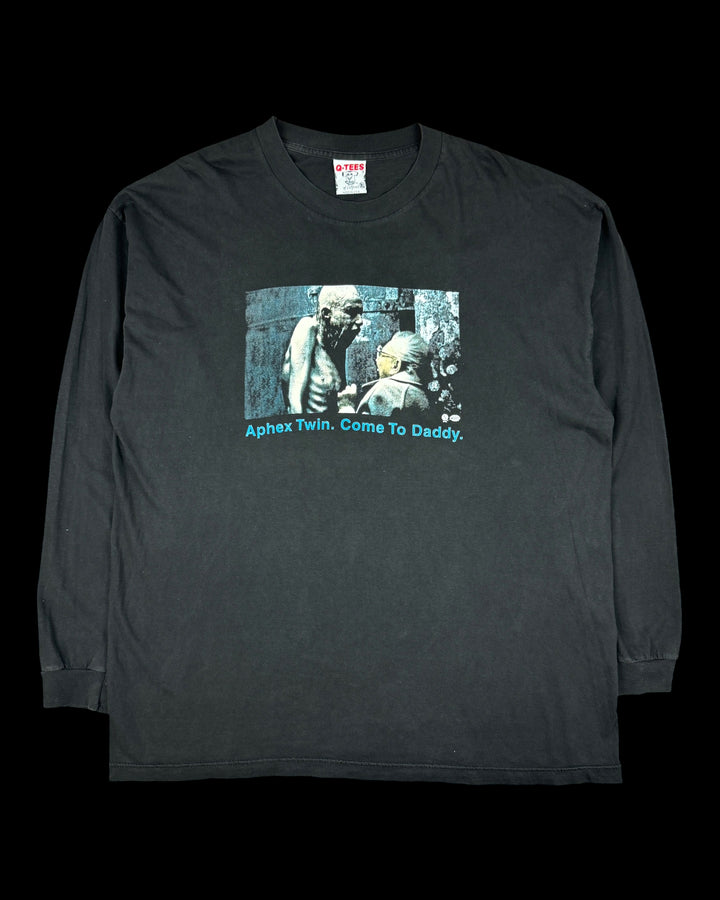
1997
Come To Daddy Long-Sleeve
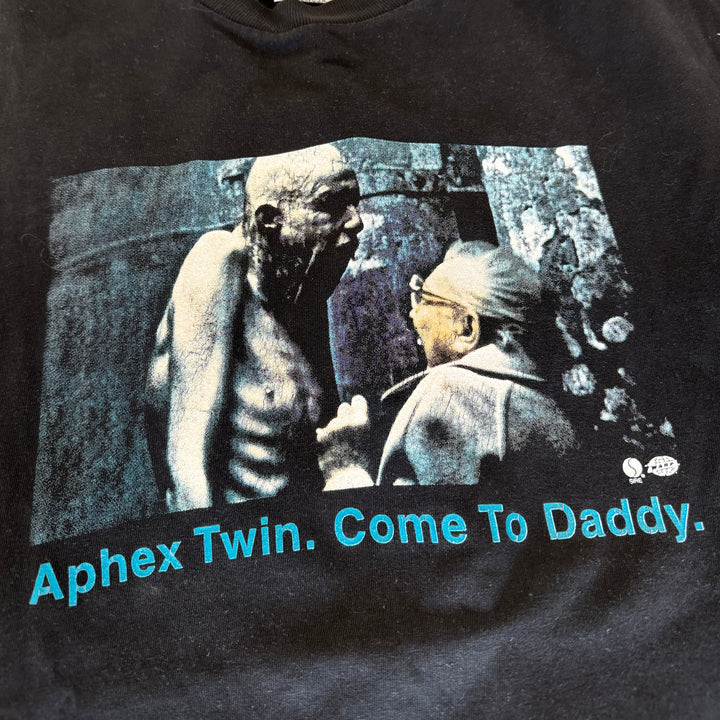
1997
Come To Daddy Long-Sleeve
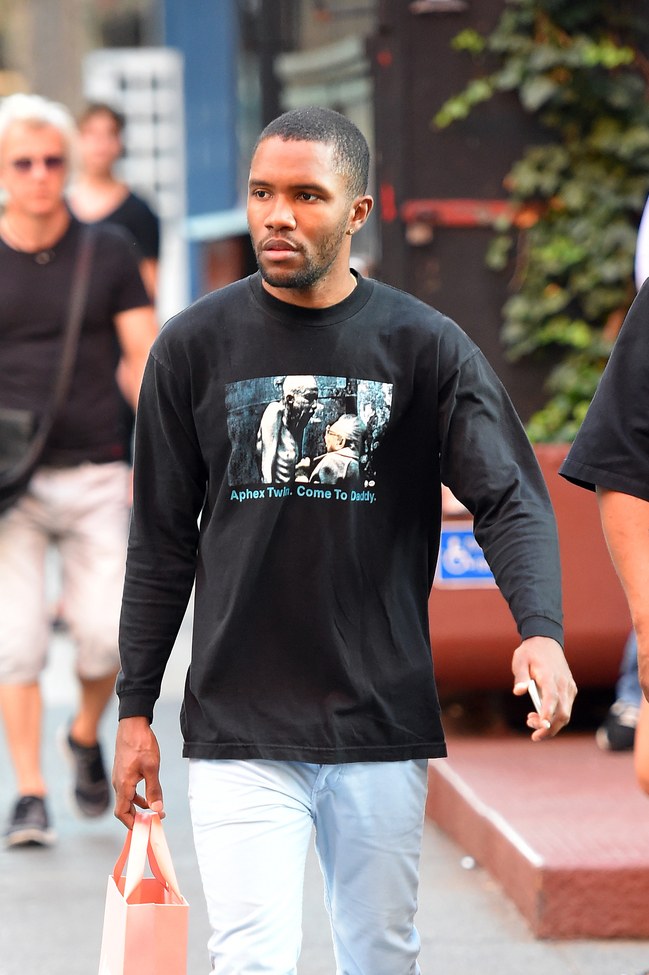
1997
Come To Daddy Long-Sleeve
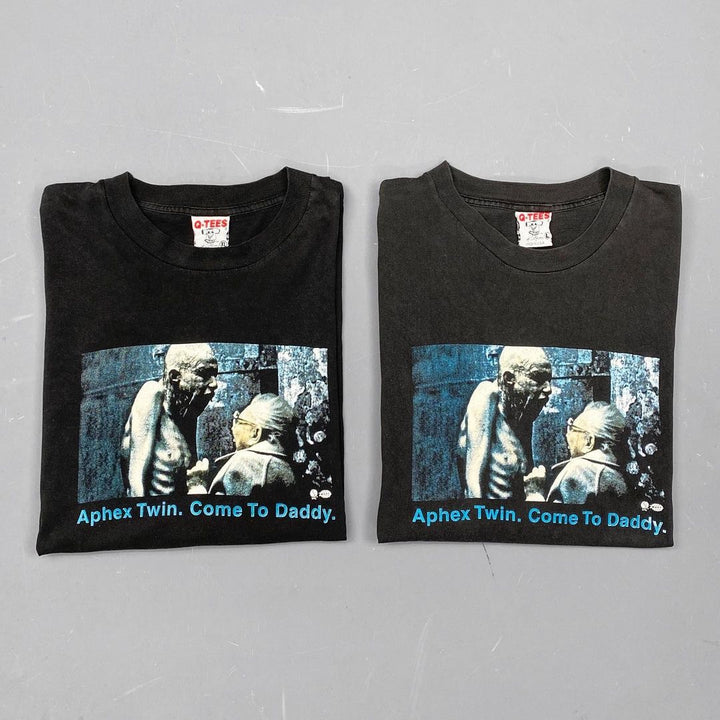
1997
Come To Daddy Long-Sleeve
